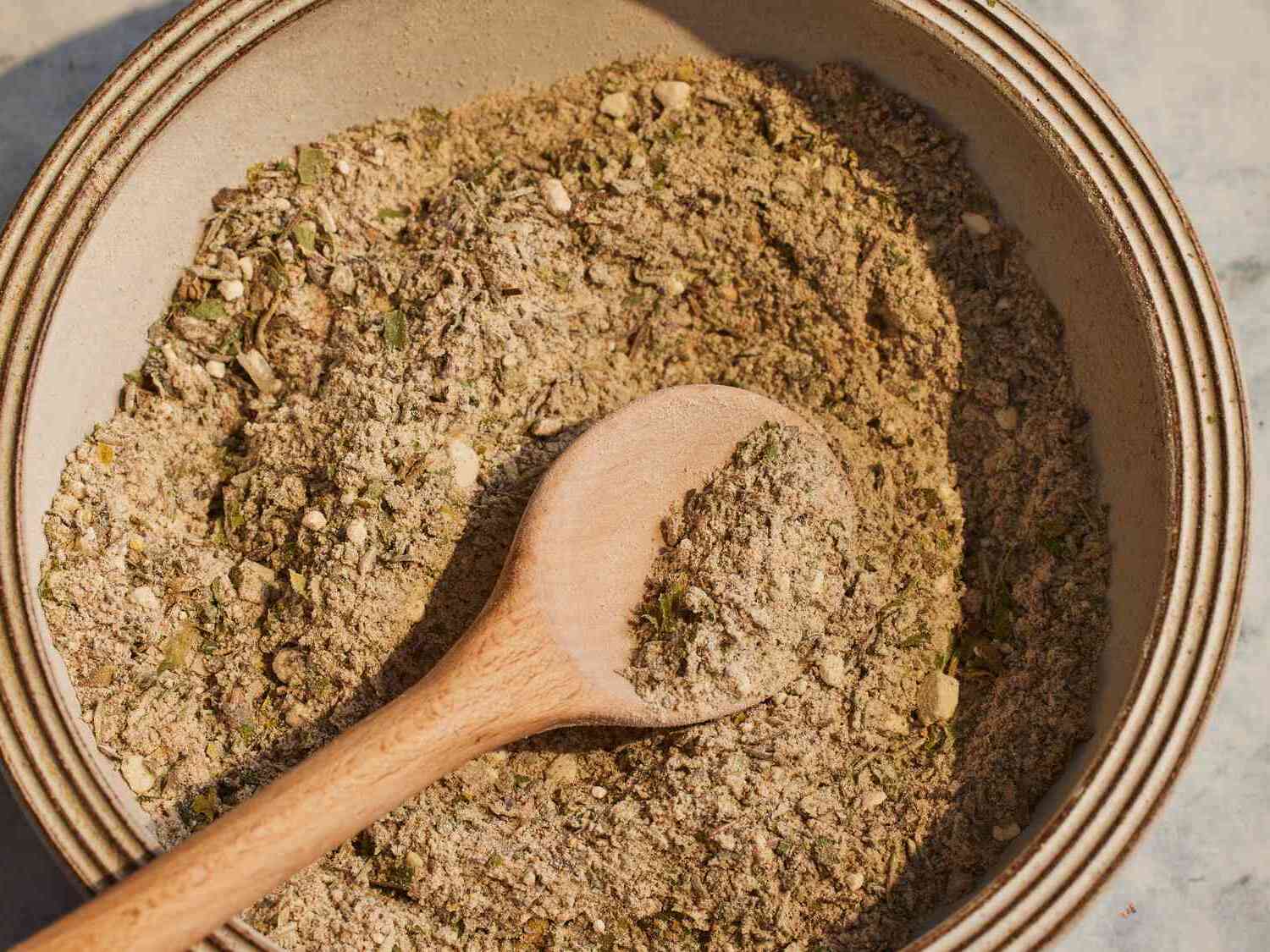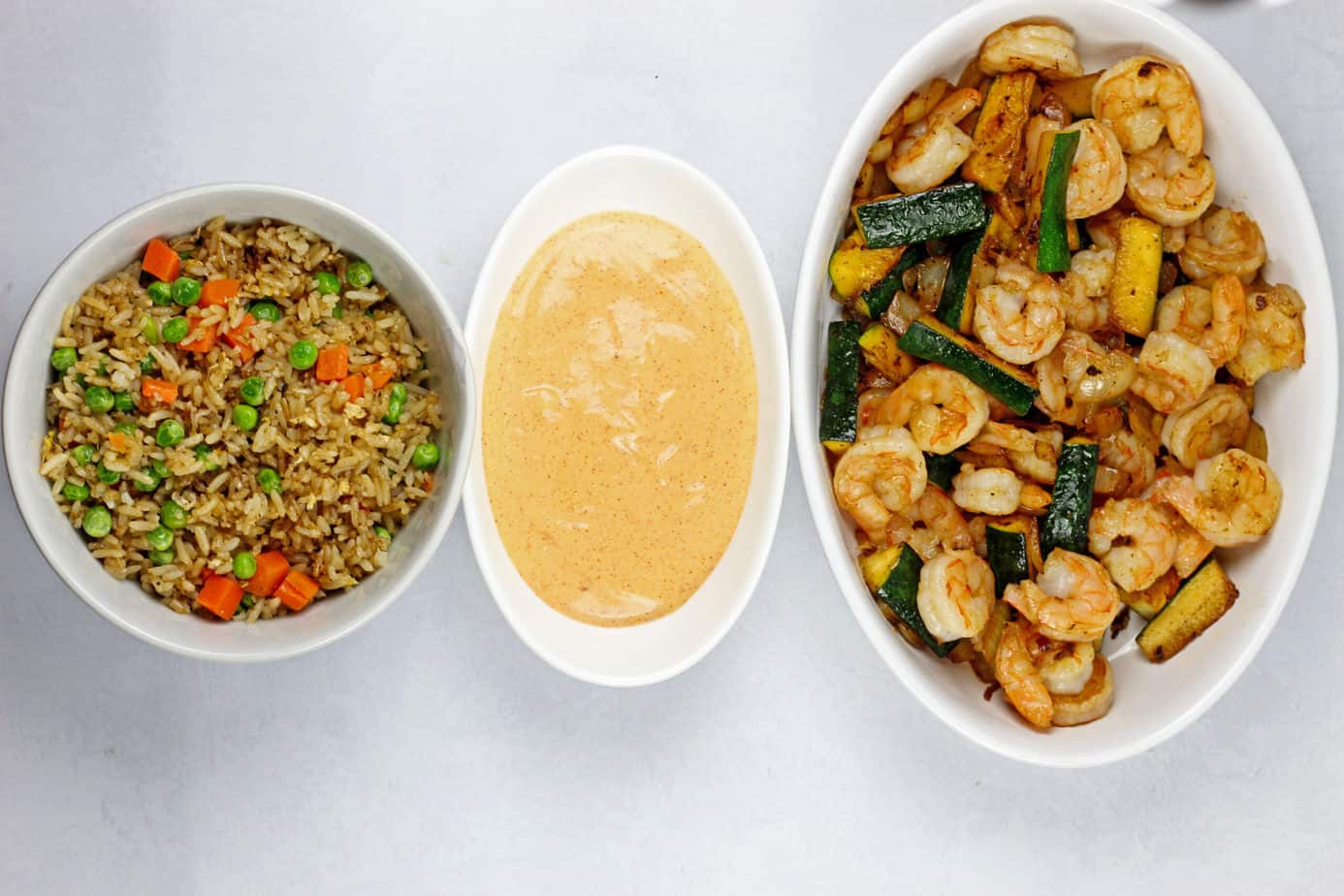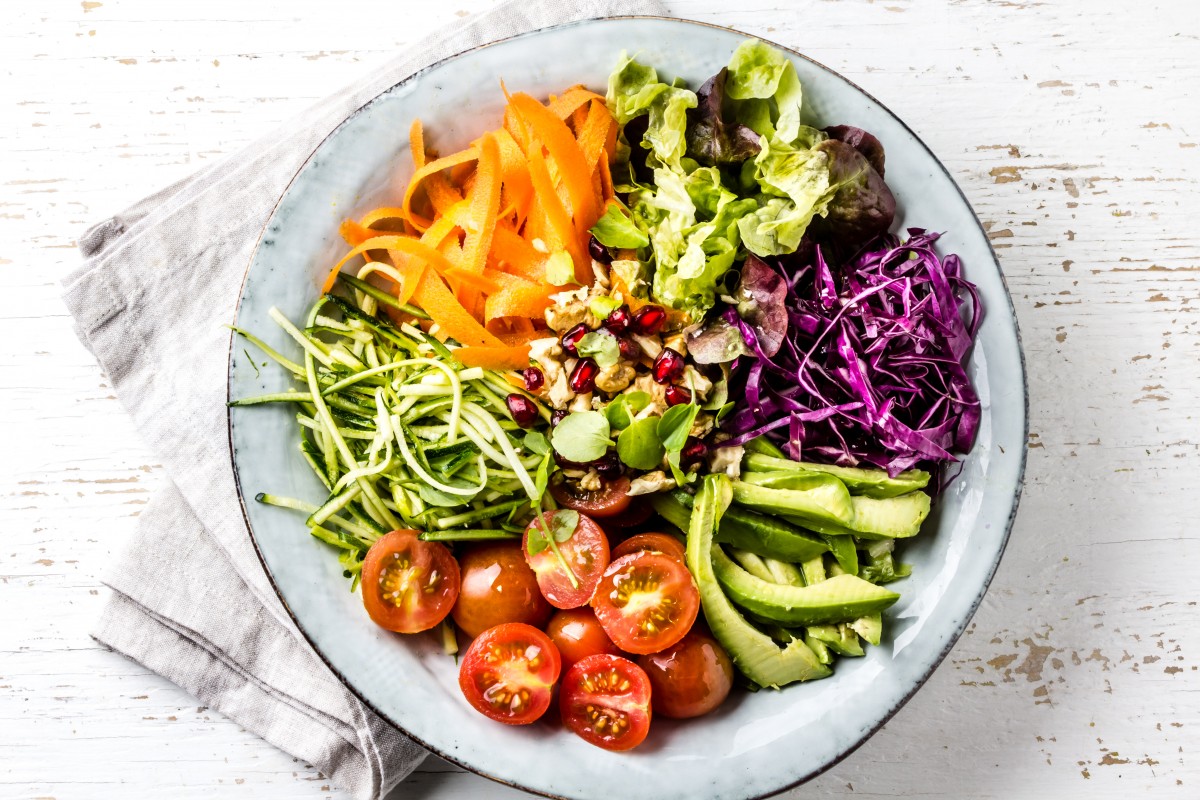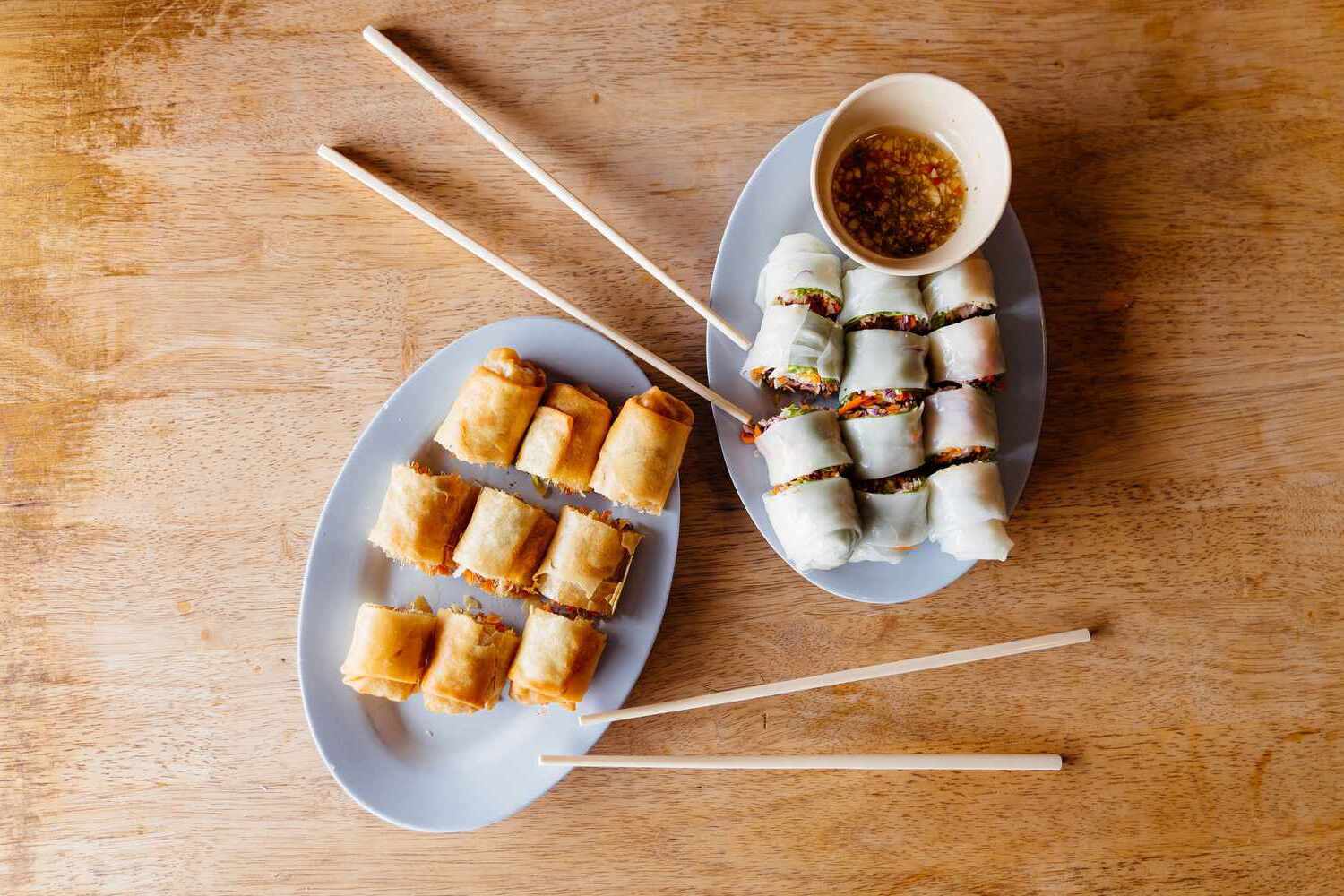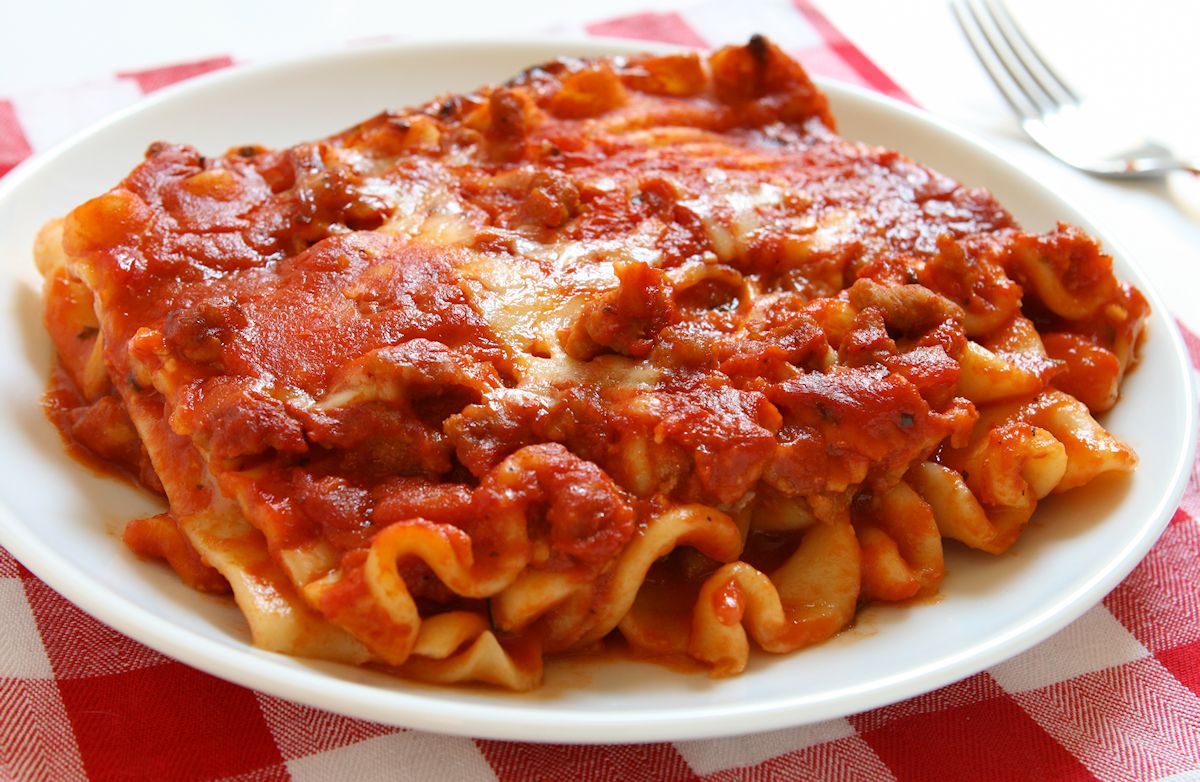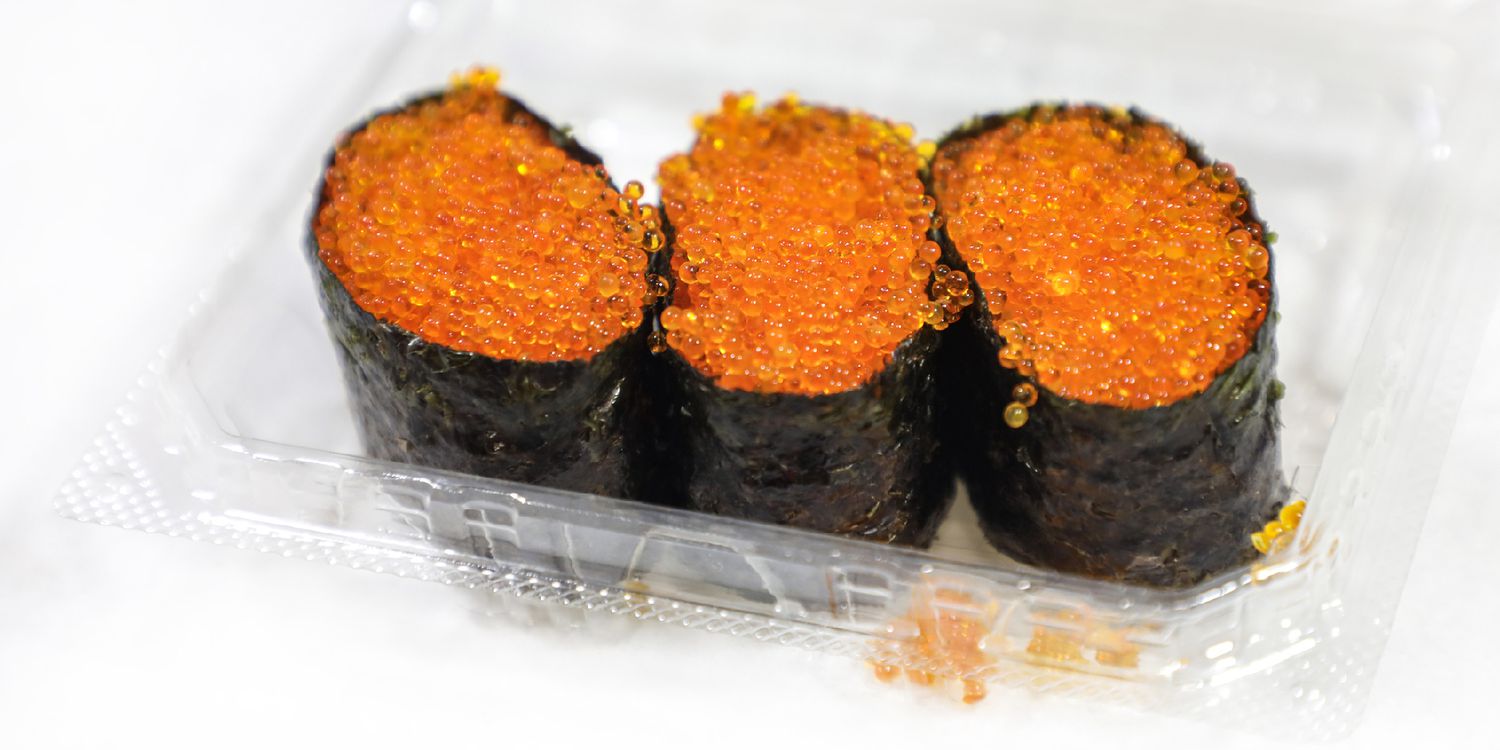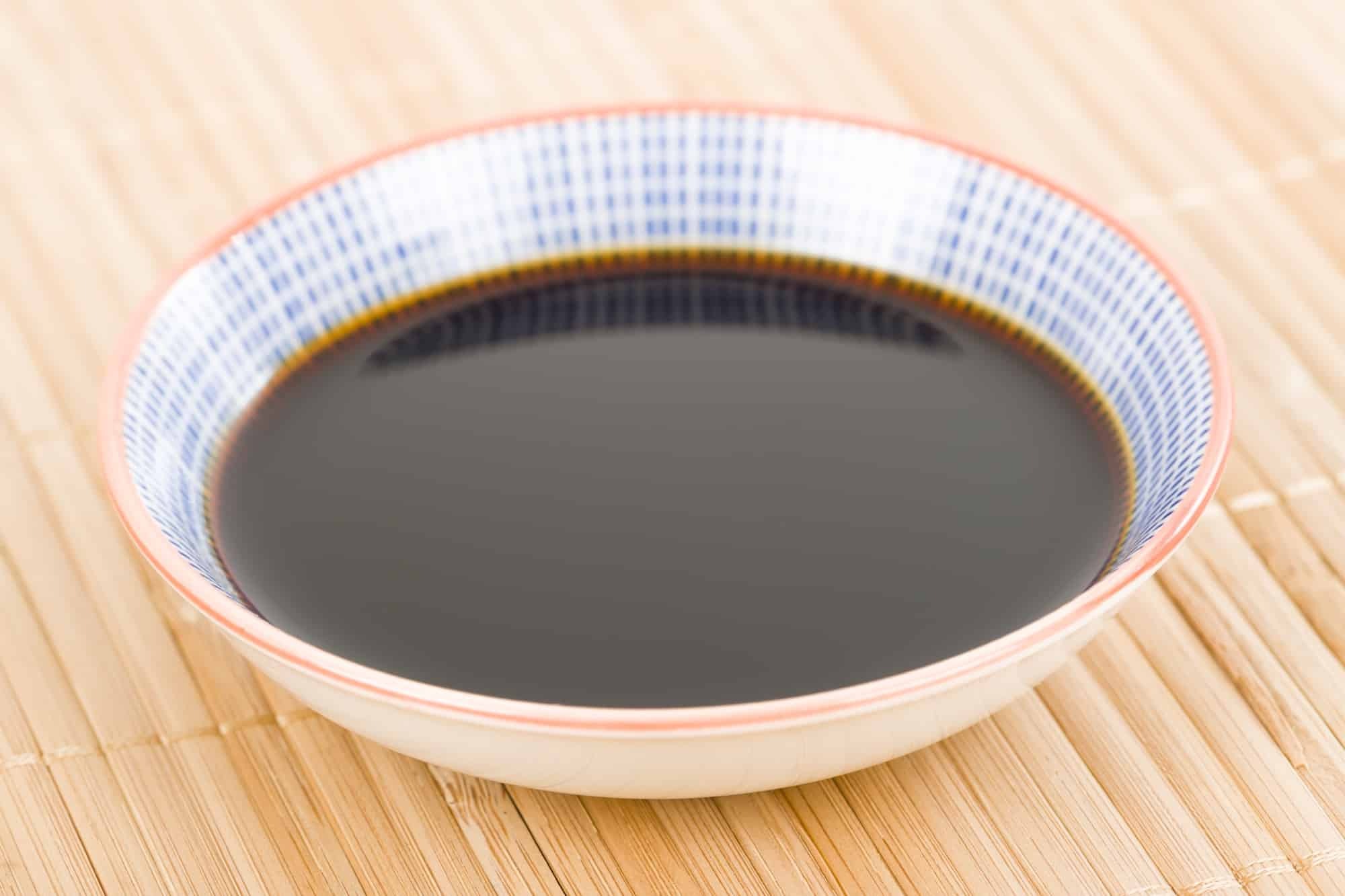Exploring the Delightful World of Timbale
Have you ever heard of timbale? If not, you’re in for a treat! Timbale is a delicious dish that originates from Italy, and it’s a true delight for the taste buds. In this article, we’ll explore what timbale is, its history, and how it’s made.
What is Timbale?
Timbale is a type of dish that is typically made with ingredients such as rice, pasta, or vegetables, and it’s often baked in a mold to give it a distinctive shape. The word “timbale” itself refers to the mold in which the dish is cooked, and it can also be used to describe the dish itself.
One of the most popular variations of timbale is the timbale di riso, which is a savory rice dish that is often filled with ingredients such as cheese, vegetables, and meat. Another popular variation is the timbale di pasta, which is made with pasta instead of rice.
The History of Timbale
Timbale has a rich history that dates back to ancient times. The dish has its roots in Italian cuisine, and it has been enjoyed by people in Italy for centuries. The word “timbale” itself is derived from the French word “timbale,” which means a drum or a mold. This reflects the traditional method of cooking timbale in a mold to give it its distinctive shape.
Over the years, timbale has evolved and adapted to different regional cuisines, resulting in a wide variety of delicious variations. From the hearty timbale di riso of Northern Italy to the flavorful timbale di pasta of the South, this dish has captured the hearts and palates of food enthusiasts around the world.
How is Timbale Made?
Now that we know what timbale is and its historical significance, let’s take a look at how it’s made. The process of making timbale typically involves cooking the main ingredients, such as rice or pasta, and then layering them in a mold with other flavorful ingredients before baking.
Here’s a basic overview of how timbale is made:
- Cook the main ingredient, such as rice or pasta, according to the package instructions.
- Prepare the filling, which can include a variety of ingredients such as cheese, vegetables, meat, and herbs.
- Grease a mold and layer the cooked main ingredient and filling, packing it tightly to create a solid shape.
- Bake the timbale in the oven until it’s cooked through and has a golden crust.
- Allow the timbale to cool slightly before carefully unmolding it onto a serving platter.
Once the timbale is unmolded, it can be sliced and served, revealing the beautiful layers of ingredients inside. The result is a visually stunning and incredibly delicious dish that is sure to impress anyone who tries it.
Enjoying Timbale
Whether you’re a fan of Italian cuisine or simply love trying new and exciting dishes, timbale is definitely worth adding to your culinary repertoire. Its versatility and delicious flavors make it a hit for family dinners, dinner parties, or any special occasion.
So, the next time you’re looking for a unique and impressive dish to serve, consider making a timbale. With its rich history, delightful flavors, and beautiful presentation, it’s sure to be a crowd-pleaser.
Now that you know all about timbale, why not try making it at home and experience the joy of this classic Italian dish for yourself?
Was this page helpful?
Read Next: What Is Scum In Cooking?
